London covers 600 square miles and has a population of 8.6 million, but only its oldest part, just one square mile in size, is called the City of London. That is where the Romans founded the city of Londinium shortly after they arrived in 43AD. Today, the City of London – or simply “the City” – is the centre of London’s finance industry. The City is where you find the Bank of England, the London Stock Exchange, the investment banks, insurance companies and financial markets. It combines the most modern headquarters buildings with Roman remains and medieval churches, and it is great to explore on foot. Here are 10 facts about the City:
1. Geography plays a key role in the success of the City of London. Unlike New York, Tokyo or Hong Kong, the City’s business day overlaps those of all the world’s financial centres. The City can trade with the Eastern Hemisphere in the morning and the Western Hemisphere in the afternoon, allowing its dealers to trade in all major markets in one day.
2. Though it is the oldest part of London, the City doesn’t look very old. That is because it has been almost entirely destroyed and rebuilt twice: once in the Great Fire of London in 1666, and then again after being bombed in the second World War. It is fascinating to track down the structures which survived the Great Fire and World War 2.
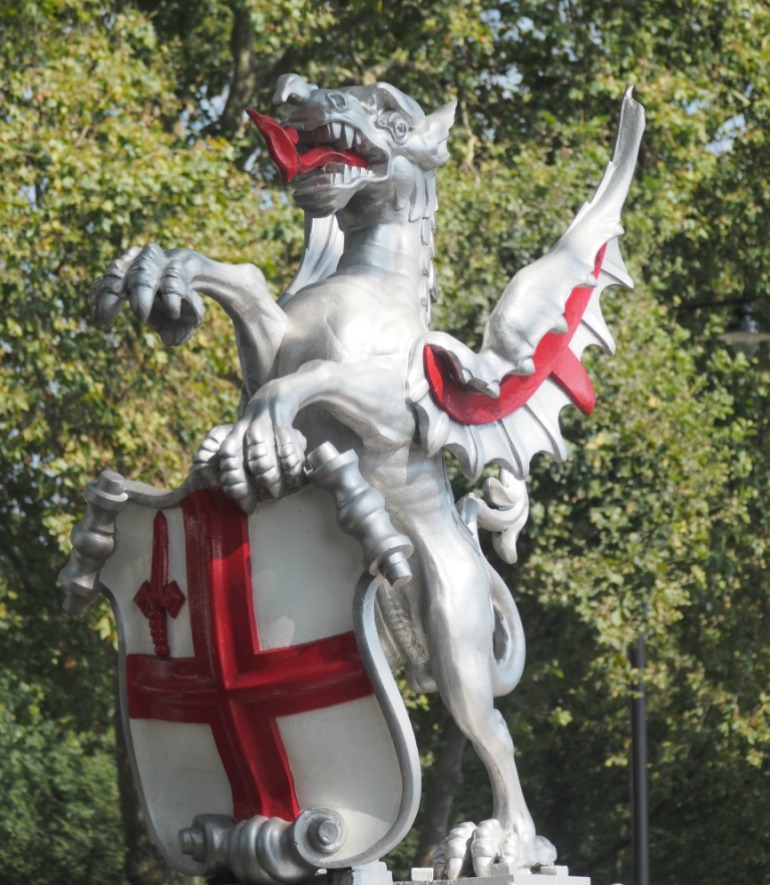 The boundaries for the City of London is marked with dragons. Photo Credit: ©Ursula Petula Barzey.
The boundaries for the City of London is marked with dragons. Photo Credit: ©Ursula Petula Barzey.
3. Everywhere you look there are new buildings being constructed in the City of London, many by the world’s leading architects. About a quarter of the buildings are replaced every 25 years.
4. Before 1980, any bank operating in the City of London had to have an office within 10 minutes walk of the Bank of England. This was because in the event of a crisis, the Governor of the Bank of England wanted to have the Chief Executive of every bank in the City in his office within 30 minutes.
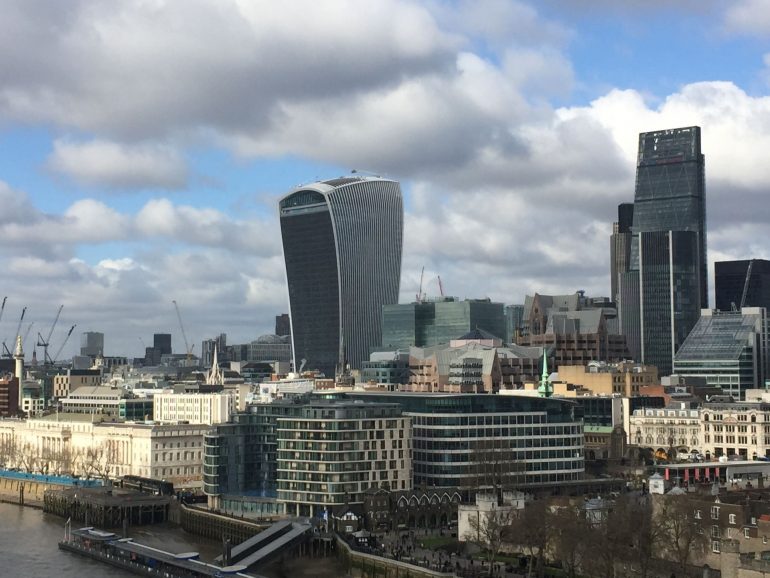 A view of the City of London from the Thames River. In the forefront is 20 Fenchurch Street know as the Walkie Talkie Building. In the background is the The Leadenhall Building known as “The Cheesegrater” because of its distinctive wedge shape. Photo Credit: ©Nigel Rundstrom.
A view of the City of London from the Thames River. In the forefront is 20 Fenchurch Street know as the Walkie Talkie Building. In the background is the The Leadenhall Building known as “The Cheesegrater” because of its distinctive wedge shape. Photo Credit: ©Nigel Rundstrom.
5. The Bank of England was devised by a Scot, William Patterson, and its first Governor was a Frenchman, John Houblon. It is the central bank for the whole of the United Kingdom, and yet it is called the Bank of England.
6. There are over 500 banks resident in the City of London, most of them foreign. The City has more Japanese banks than Tokyo and more American banks than Manhattan.
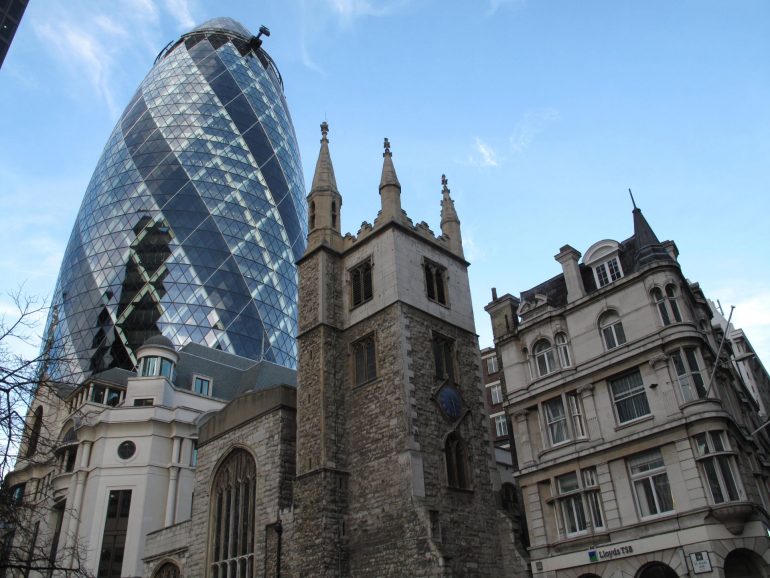 In the City of London new skyscraper buildings spring up next to old landmarks. Here, 30 St Mary Axe known as the The Gherkin which has been built next to St. Mary Axe a mediaeval church. Photo Credit: ©Nigel Rundstrom.
In the City of London new skyscraper buildings spring up next to old landmarks. Here, 30 St Mary Axe known as the The Gherkin which has been built next to St. Mary Axe a mediaeval church. Photo Credit: ©Nigel Rundstrom.
7. The City of London is the centre of global foreign exchange dealing. Over 40% of all the world’s foreign exchange transactions are made in the City – a total of $2.7 trillion per day!
8. Some of the City’s most famous institutions started out in coffee houses at the end of the 17th century. Jonathan’s and Garraway’s coffee houses in Exchange Alley saw the first buying and selling of company stocks. Edward Lloyd’s coffee house was where ships and their cargoes could be insured, leading to the foundation of Lloyds of London.
9. City life used to be dominated by the Livery Companies, trade guilds who trained craftsmen, set standards and controlled the practice of trades. Over one hundred still exist today even though the trades they represented have vanished from the City of London. Many still occupy grand “livery halls” and survive as social and charitable institutions.
10. There are more international telephone calls made from the City of London than anywhere else in the world. This shows the truly global nature of the businesses which operate there. The City of London contains a mix of modern and historical buildings, traditions and stories. A Blue Badge Tourist Guide can show you the hidden parts of the City of London along with the main sights. To make sure you see the full range of London sights a tour of the City of London is a must.



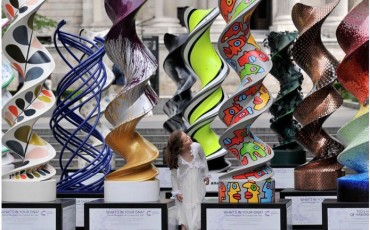
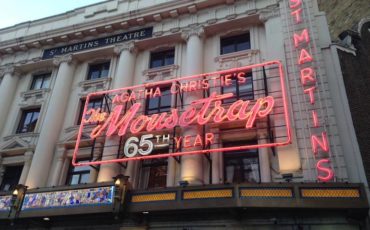


Hi. I am doing a project for school. Any chances there are any more facts about London?